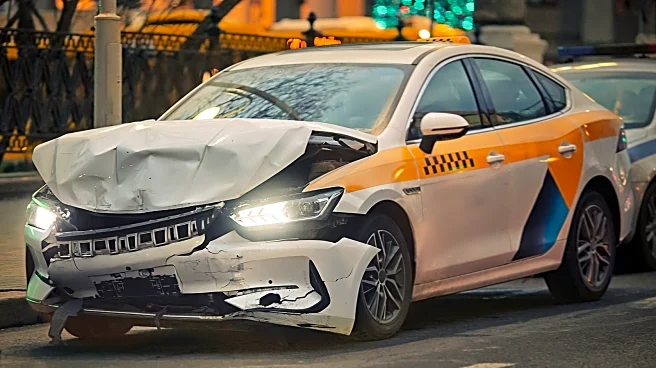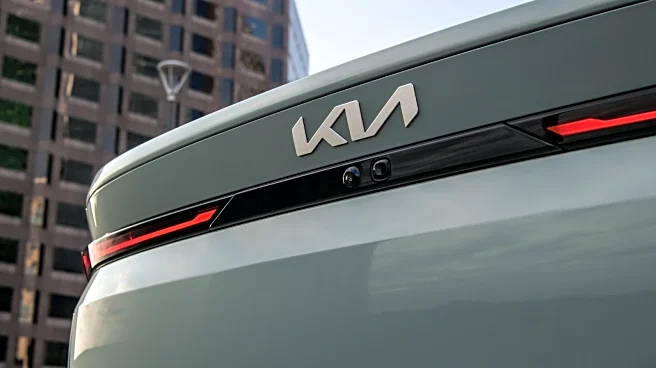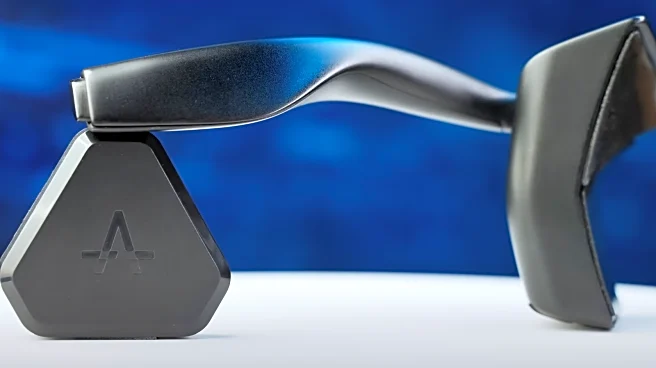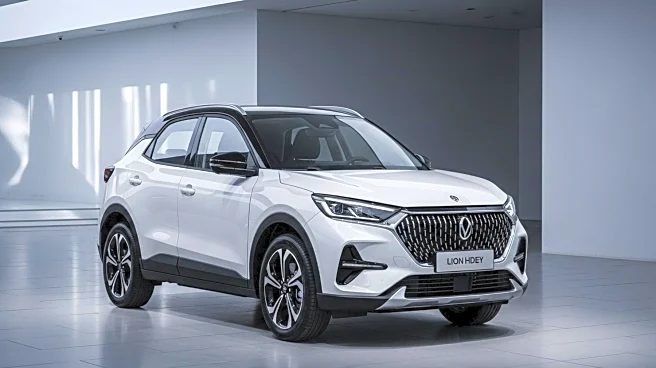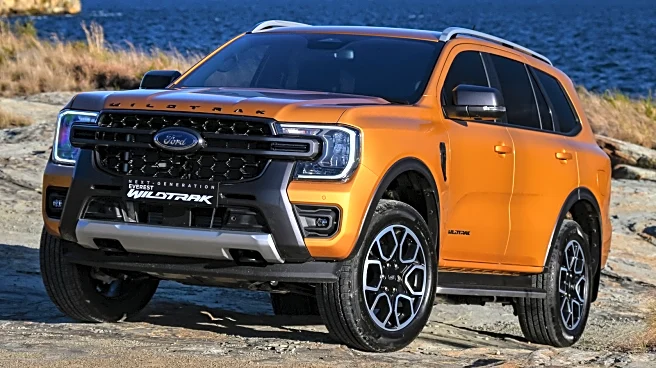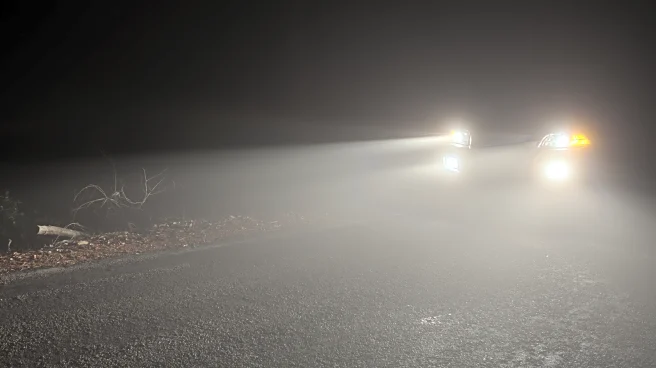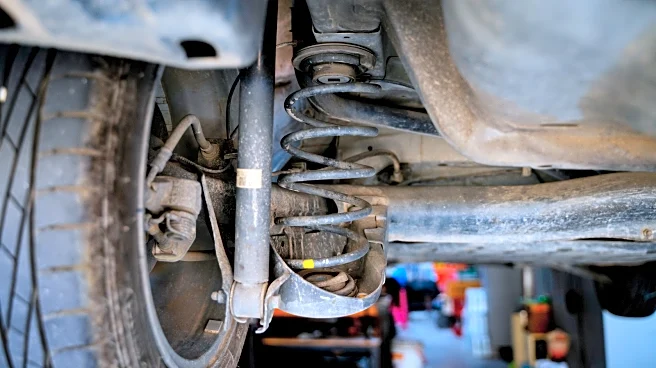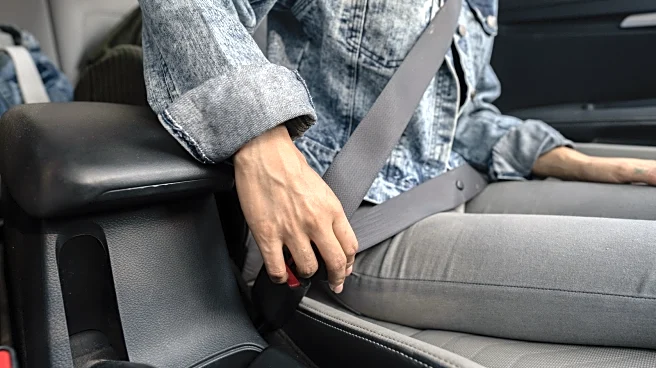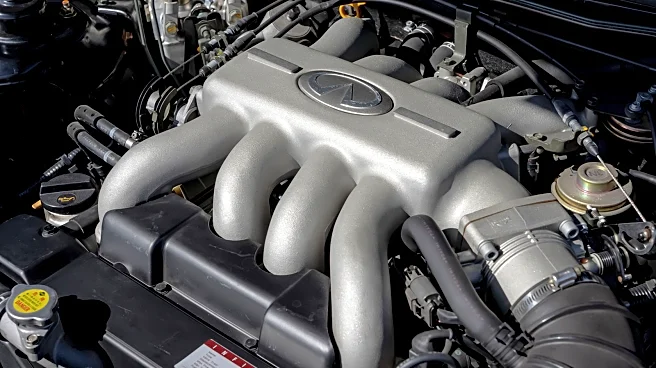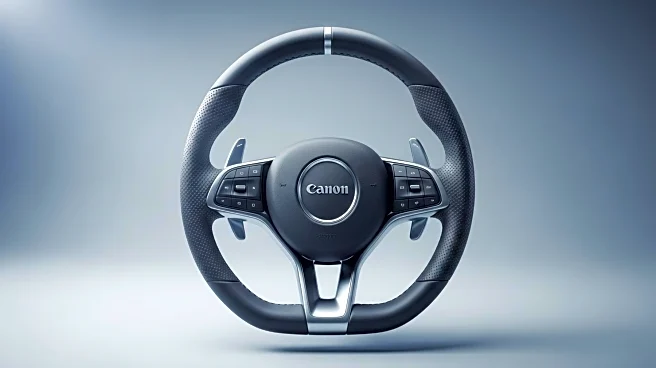
The idea of crumple zones was first devised by an automotive engineer named Bèla Barènyi. In 1937, at the age of 30, Barènyi thought that cars involved in head-on or rear-end accidents would better protect their occupants if the front and rear ends could "crumple" when hit. At the same time, Barènyi believed that also making the central part of the vehicle very strong would protect the driver and passengers. Barènyi's work for his employer Mercedes-Benz led to the first use of crumple zones on the 1958-59
Mercedes-Benz W111 Fintail. For its innovation, the W111 has been recognized as a car that revolutionized automotive safety forever.
A crumple zone is a part of your car, usually in the front and the rear, that is designed to deform in a controlled way upon impact. This is done to increase the duration of the impact, which has a direct effect on reducing the severity of the impact. By providing more time for the accident to happen through this controlled "crumpling" of the vehicle, the forces transmitted to the occupants are reduced. As a result, the occupants are more likely to survive the impact without significant damage to themselves. Without crumple zones, cars with rigid frames and bodies would transfer the full force of an accident directly to their occupants. In some cases, the buckling of the front or rear ends or the engine may push into the passenger compartment, causing serious injuries.
Read more: 6 Cars With The Best AWD Systems (And 2 With The Worst)
What Else Should You Know About Crumple Zones?

As far as how crumple zones are designed, automakers tend to treat the exact designs of these areas of their vehicles as proprietary information, so not much is known about them. The manufacturers usually use a combination of different types of metals, along with plastic and composite materials.
Since Bèla Barènyi designed the original crumple zones into the Mercedes-Benz W111, his pioneering work has formed the foundation of how today's cars are designed, making it possible for the people inside to survive some truly horrendous accidents. A car's crumple zones are only one part of its safety systems, in which crumple zones work alongside other elements like airbags, seatbelts, and a collapsible steering column to keep you and your passengers safe in the event of an accident. You should look beyond just crumple zones and consider other modern car safety features that can be a lifesaver during a mishap. Car brands with good safety ratings often posses many of these safety features.
Want the latest in tech and auto trends? Subscribe to our free newsletter for the latest headlines, expert guides, and how-to tips, one email at a time.
Read the original article on SlashGear.
